A tablet operating system is a type of software that allows a tablet to run programs and apps and controls the device’s basic functions. Depending on the OS, each tablet can run certain kinds of applications and have different layouts. There are many tablet operating systems available, making it hard to choose the right one for your gadget.
Tablets are smaller than laptops, have a reduced screen size, and feature different operating systems depending on the manufacturer. Ultimately, the OS can influence your unit’s price, resolution, and storage space. Android OS and iPad OS are the two most popular and common tablet operating systems.
If you don’t know what to choose, there’s no need to worry. This article will present 7 different types of tablet operating systems and what criteria to use when selecting an OS.
iPad OS
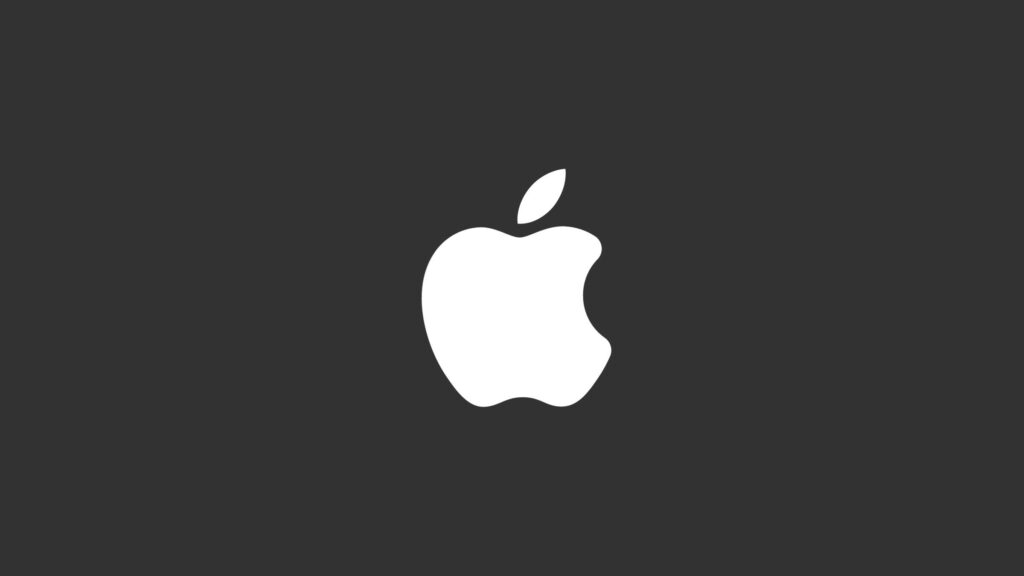
iPad OS is an operating system created by Apple for all its iPad tablets. It’s based on the iOS system that Apple uses for its products. iPhones and iPod Touch also rely on iOS. Compared to the other devices, though, the iPad was made to take advantage of the system’s large-screen capabilities.
One thing to note is that tablets running on iPad OS may be a bit pricier than other models. Their prices range between $400 and $800 on average for the base models. The cost also depends on the iPad model you go for. For example, the LTE option and a higher storage capacity will boost the price. The iPad Pro is more expensive,with a starting price of $799 and going all the way up to $2,399, not including accessories.
In terms of size, the smallest tablet is the iPad Mini model, with the iPad Mini 6 measuring only 8.3 inches. Meanwhile, the latest iPad Air measures 9.74 × 7.03 × 0.24 inches, and the iPad 10 is 9.79 x 7.07 x 0.28 inches. Lastly, the newest iPad Pro is the largest version, measuring 11.04 × 8.46 × 0.25 inches and 12.9 inches in screen size.
People who own tablets running on the iPad OS use them for all sorts of things. The most common uses include watching videos and movies, playing games, taking notes, and editing photos and videos. It’s even possible to draw and create majestic art on the iPad.
What’s great about the iPad is that the user interface is impressive and easy to get used to. Even a new iPad owner will quickly figure out how to navigate it. Also, it lets you sync everything with iCloud drive, enabling you to share data between various Apple devices.
iPads can also be used as second displays for a Mac, offering extra versatility. The iOS system also gives you access to over 200,000 applications through the Apple App Store, including exclusive apps like Procreate, Affinity Photo, Fugue Machine, and Adobe Fresco.
iPads are usually supported for 7 years, after which you can no longer update to the newest iPad OS. However, you will still be able to use the device afterward.
Android OS
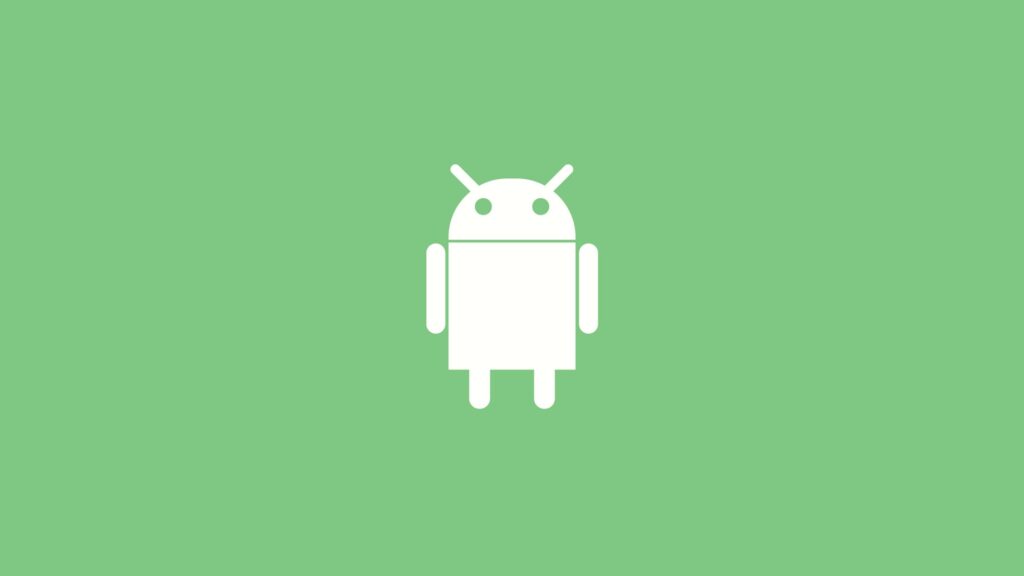
Android OS is a very popular operating system used by many devices, and that obviously includes tablets. The OS was developed by Google, and it is very complex but quite flexible. What’s great about Android is that it is used by various tech Brands, such as Huawei, Samsung, Lenovo, and more.
Android OS can run more types of software. It’s an open-source OS, and its app ecosystem is vast. Its applications can be downloaded from the Google Play Store. And because the system is developed by Google, all tablets have seamless integration with Google Photos, Google Drive, and Gmail. These apps are generally pre-installed, and you’ll see them on the home screen when you turn on the tablet for the first time.
Prices range from one manufacturer to another. Generally speaking, tablet devices running on Android OS can be anywhere from $200 to over $1,000. Overall, they can be cheaper than iPads.
Sizes also differ between Android OS tablet models. For instance, you can get a 14.6-inch screen if you want something larger. However, you can even find 7-inch tablets if you want a device with a smaller screen.
Although many manufacturers use Android OS for their tablets, the interface can differ, even when they are running the same Android version. Companies modify interfaces to make them unique and to represent them better. So, if you want a specific interface for your Android tablet, you must also consider the manufacturer.
Android OS tablets are supported for fewer years than iPad OS. Generally, they get between 2 and 5 years of support. Samsung tends to offer the longest one, though.
Chrome OS
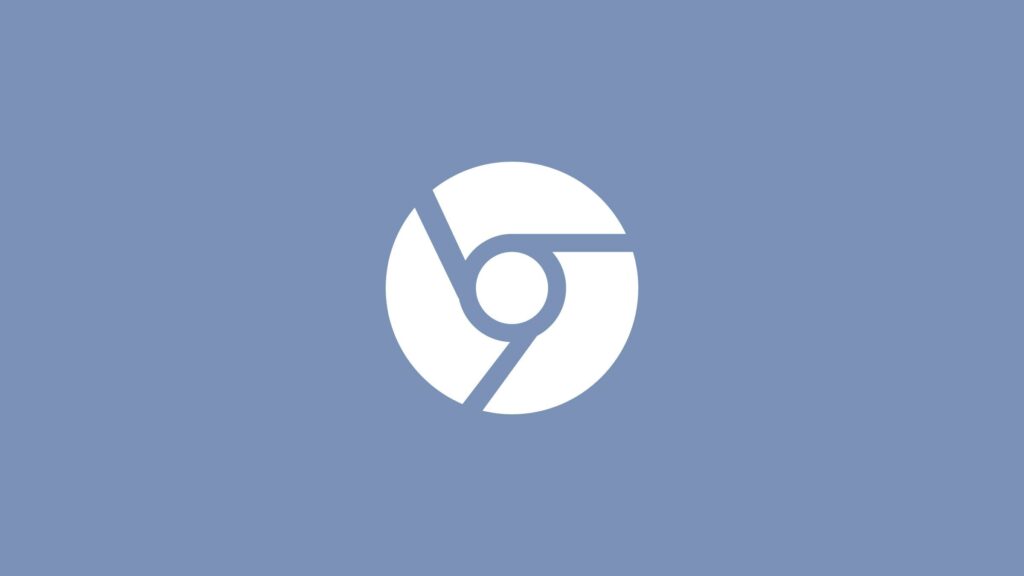
Chrome OS is another popular operating system that is mainly used for Chromebooks. However, it is also available on tablets, such as the 2-in-1 Chrome OS tablets. It was created by Google, and it’s perfect for individuals who use the company’s services on a daily basis.
These tablets can easily integrate with Google’s services, including Google Photos, Google Drive, and Gmail. They also feature apps such as Google Meet, Dialpad, and 8×8. However, they allow users to access third-party programs like Facebook Messenger, WhatsApp, Microsoft Teams, and similar applications.
It’s even possible for Chrome OS tablets to have Android app support, allowing them to work like Android tablets. Usually, this feature is more common in newer models, while older devices may not have it.
Unlike other tablets, Chrome OS units offer a more web-centric experience. Their laptop-like interface makes them unique and suited for school or corporate environments.
A benefit of Chrome OS devices is that they are pretty cheap. You can find models between $150 and $500, so you can easily purchase one quickly if you need it for school or work.
You can also get some screen size variety with Chrome OS tablets. Usually, sizes range from 10 to 15 inches, so you’ll surely find something that caters to your needs.
Chrome OS devices are most commonly used for working on documents, browsing the web, using social media, and watching movies.
Windows OS
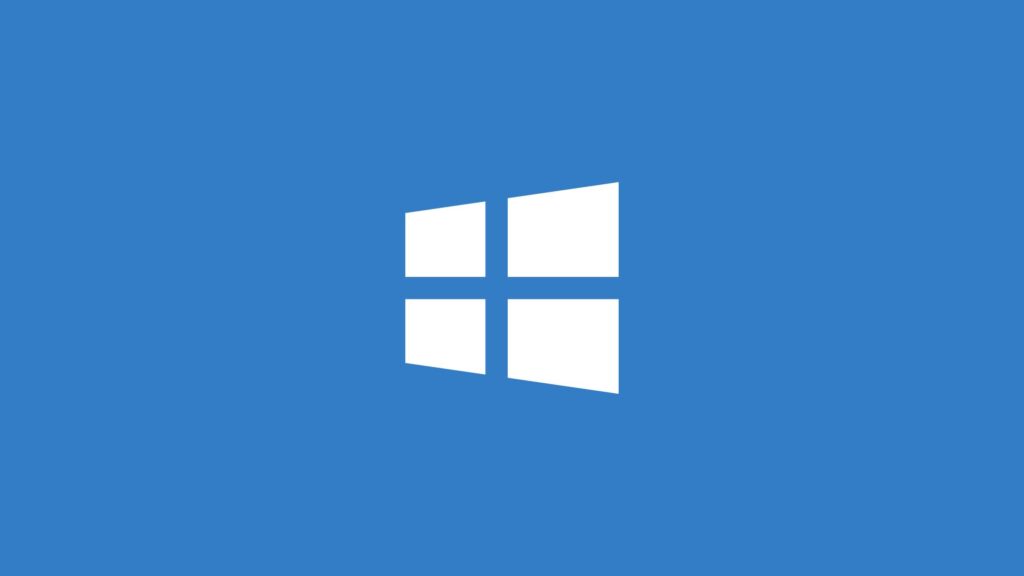
Windows OS, which was developed by Microsoft, runs on Windows tablets, computers, and laptops. Because it’s so easy to integrate with other Windows devices, it has an interface most people are already familiar with. So, Microsoft fans will be able to enjoy a very united ecosystem.
Windows OS tablets are similar to Chrome OS in the way they function. The experience is desktop-like, which basically makes them work like mini laptops. This also sets them apart from devices running on Android or iOS.
Windows OS tablets work with various apps. They can be downloaded from the Microsoft Store, but also from third parties. Some of the most popular apps that might not be available on other tablets include Drawboard PDF, Bamboo Paper, ACDSee Photo Studio Home, and Corel PaintShop Pro.
Units running on Windows OS are usually pocket-friendly. Prices range from $300 to over $1,000. Also, you can find them with screens ranging from 10 inches (Microsoft Go) to 13 inches (Microsoft Surface Pro).
Windows OS tablets are most frequently used to work on documents, watch movies, create art, or play games.
Amazon Fire OS
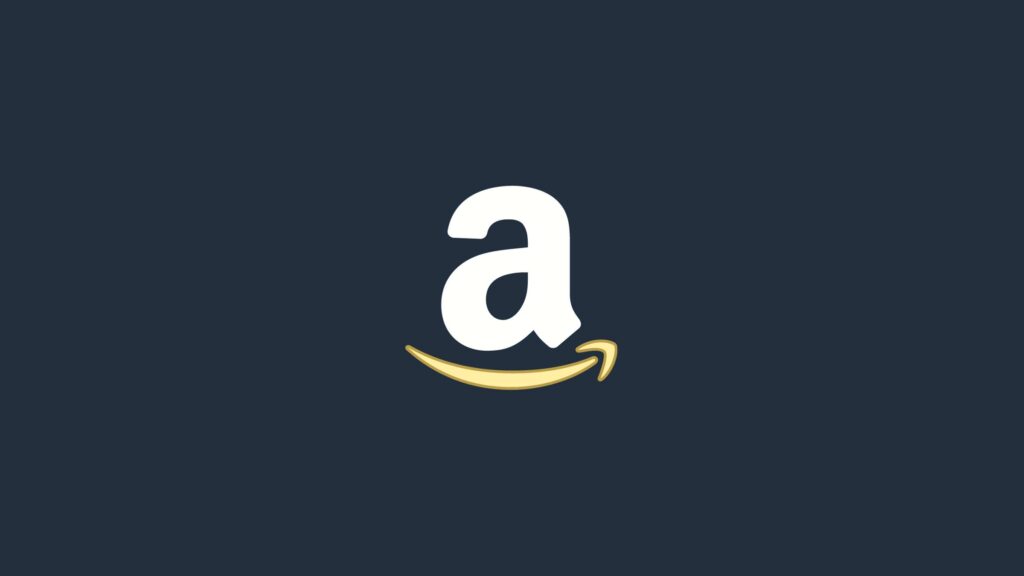
Fire OS is the operating system Amazon developed for its tablets and Fire TV. It’s based on the Android Open Source Project, meaning it’s compatible with Android services.
Even though Android and Fire OS have the same foundation, the services used by the systems are different. While Android uses Google’s services, Fire OS relies on the apps provided by Amazon. So, instead of having the Google Play Store, you will have the Amazon Appstore on an Amazon Fire OS tablet.
But apps on Android devices also work on the Fire OS, making it more inclusive. Also, the tablets can integrate with various Amazon services, such as Amazon Prime Video and the Kindle Store. They even come with Alexa integration, so you can perform more tasks and ask questions.
The user interface looks good and works smoothly. But unlike other tablets, Fire OS ones are more focused on content consumption. This includes games, music, movies, and e-books.
Amazon Fire OS tablets are among the cheapest because you can get some for under $100. They go up to $400.
In terms of screen sizes, they are available with 7-inch screens and go all the way to 11 inches.
Harmony OS
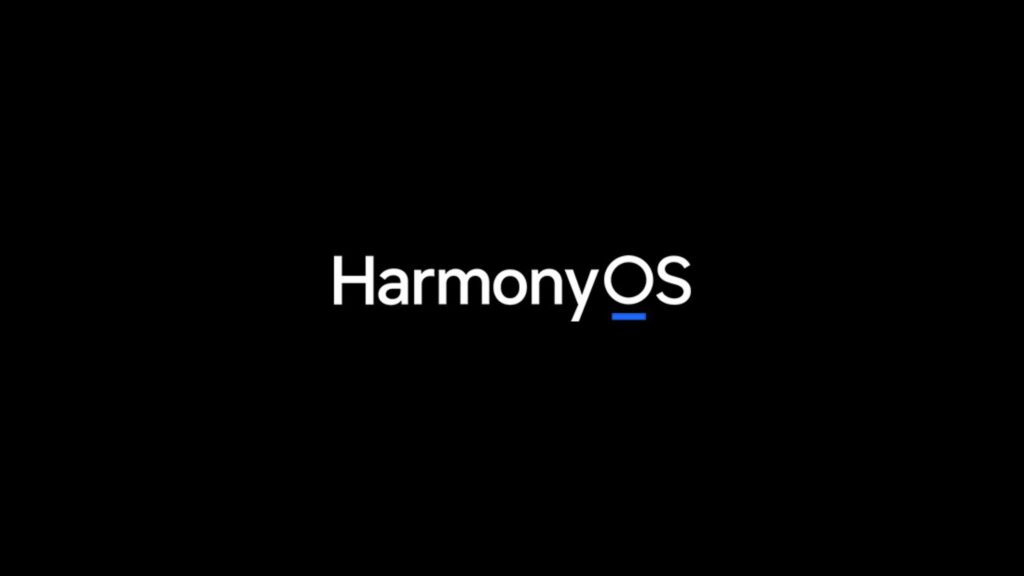
Harmony OS is a distributed operating system that works on tablets, smartwatches, computers, smart TVs, and smartphones. It was developed by Huawei, and it was officially launched in 2019. The system has a layered architecture, including a multikernel design with dual frameworks.
The software in Harmony OS doesn’t look too different from the EMUI software aesthetic. What’s different is the home screen, which has a free grid that lets you put widgets of various sizes wherever you want. Also, it’s easier to connect your Harmony OS tablet to different Huawei devices, especially smartphones.
In terms of applications, the situation is a bit complicated. The OS was created as a result of the U.S. government putting a ban on Huawei, not allowing it to work with Google. So, you cannot use Google applications on HarmonyOS. However, you can still use popular social media apps on it.
To help with the issue, HarmonyOS has Petal Search, its own search system that lets you download your desired apps from different web locations.
HarmonyOS tablets range from $200 to $600, depending on the model. As for screen sizes, you can opt for 10-inch models or go all the way to 12-inch screens.
These tablets are best for browsing social media, watching movies, and even working.
Linux OS

Linux is an open-source operating system that is based on the Linux kernel. It was first released in 1991 and is mostly popular for computers. However, certain tablets work on the Linux operating system now. Some tablet brands that manufacture Linux OS models include Juno and Purism.
What’s great about Linux OS tablets is that users can opt for different Linux versions depending on their device. For instance, they can go for Ubuntu, Manjaro Plasma Mobile, or Mobian Phosh, something you don’t get with other tablet systems.
The interface makes multitasking easy. Also, Linux tablets are very secure, so they are ideal for anyone who uses sensitive data.
Depending on the version, you can usually get tablets ranging from 8-inch screens to 13-inch screens. Prices start from $150 and can go over $1,000 for some models.
Linux OS tablets can be used for a wide range of tasks, such as accessing the Internet, working on documents, looking at pictures, programming, and more.
Things to Know About Different Types of Tablet Operating Systems
Although most tablets look similar, they can all run on different operating systems and have various features. Some key differences come in the form of app ecosystems, user interface, integration, and more.
- App Ecosystems – Tablets on different systems will have access to diverse apps. While some may share similarities in terms of what applications you can download and install, others have exclusive apps, such as the iPad OS.
- User Interface – User interfaces may be unique depending on the OS and even the brands that create the tablet. As a result, a Samsung tablet may have a different interface from a Lenovo one, even if they both use Android.
- Integration – Some operating systems help you integrate your tablet with other devices. For example, HarmonyOS tablets may connect to Huawei smartphones, whereas iPad OS tablets can connect to other iOS gadgets, such as the iPhone and Apple MacBook.
- Size – Tablets come in various sizes, with screens as small as 7 inches and as large as 16 inches.
How to Choose an Operating System?
In order to choose the right operating system for a tablet, you must pay attention to a few aspects. These include the price of the device, as well as its compatibility with other units, size, ecosystem, storage capacity, battery life, user reviews, and brand.
Which Operating System Is the Best for Personal Use?
Having a tablet for personal use implies engaging in tasks like watching films, browsing the Internet, storing personal documents, and similar things.
If you’re more invested in the Apple ecosystem, iPads are the best for you. However, if you’re used to the Android Ecosystem, you should consider Android, Windows, Amazon, or Chrome OS.
Which Operating System Is the Best for Students?
If you want tablets for students, then you can look toward most systems.
For reading, Amazon Fire OS is probably the best and cheapest option. iPad OS is more suitable for general school work. Meanwhile, Android OS, Windows OS, and Chrome OS work best with Microsoft Office tools.
Which Operating System Is the Best for Entertainment?
Tablets for movies are some of the most common models. Consider Chrome, Linux, Harmony, or Amazon if you want something more affordable. However, you can opt for Windows, Android, or iPad OS if you care about quality.
Which Operating System Is the Best for Artists?
Amateur artists can opt for an Android tablet. Meanwhile, the iPad OS is the best choice if you care about quality or want to use Procreate.
Which Operating System Is the Best for Productivity?
Tablets for note taking are the best when you want to be productive. Use a Chrome, Windows, or Android OS tablet if you have an Android smartphone. On the other hand, go for the iPad OS if you have an iPhone.
How Do Tablets Differ Based on Brand?
Some tablets have the same operating system, but they are made by different brands. For instance, many companies create Android tablets, including:
- Samsung
- Lenovo
- Alcatel
- Xiaomi
- LG
- Sony
Still, even though they all use Android, the tablets may look and work differently. For instance, many brand tablets use their own interfaces to be easily recognizable. Prices also differ based on the brand, as some models might be pricier than others.
Some popular companies may offer more OS support, such as 5 years, while others may only provide 2 or 3 years.
On top of that, the units may have different screen sizes and storage spaces, as well as various battery powers. Some models may have better rear and front cameras and different sound power capabilities. Lastly, certain brand tablets have microSD slots, while others don’t.
Which Operating System Is the Cheapest & Most Expensive?
Each OS offers tablets in different price ranges. The average costs for each tablet are:
- iPadOS – From $400 to $800 for base models
- Android OS – From $200 to over $1,000
- Chrome OS – From $150 to $500
- Windows OS – From $100 to over $1,000
- Amazon Fire OS – From $100 to $400
- Harmony OS – From $200 to $600
- Linux OS – From $150 to over $1,000
As such, Amazon Fire OS is the cheapest, providing tablets under $100 at times, while iPad OS is on the pricier side.
Which Operating System Has the Largest & Smallest Tablets?
All operating systems provide a selection of tablet sizes as follows:
- IPadOS – From 8” to 12,9”
- Android OS – From 7” to 14,6”
- Chrome OS – From 10.1” to 15.6”
- Windows OS – From 10” to 13”
- Amazon Fire OS – From 7” to 11”
- Harmony OS – From 10.8” to 12.6”
- Linux OS – From 8” to 13”
As such, iPadOS and Amazon Fire OS have the smallest devices, while Chrome OS offers large screen tablets.
FAQ
What OS do Samsung tablets use?
Samsung tablets run on Android OS.
What OS do Lenovo tablets use?
Lenovo tablets run on Android OS.
Are iPad OS and iOS the same?
iPad OS and iOS are not the same. iOS was made by Apple to run on tablets, phones, and iPods, while iPadOS is a system developed specifically for the iPad tablets.
Is Windows OS on tablets different than it is on laptops?
No, the Windows OS on tablets is no different from the laptop system. The same Windows versions are used on both, and they can run the same applications.
Are there other less-known tablet operating systems?
Some less-known tablet operating systems are MIUI, FydeOS, and QNX.
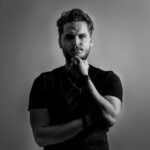
I'm a writer and editor in iPads & Android Tablets, Windows Tablet section. I'm passionate about technology, especially about tablets. I'm on a mission to assist people in discovering their ideal tablets. In addition, I'm dedicated to producing helpful how-to guides and sharing top-notch tips and tricks. In my early carrier I founded and became and editor at worldoftablet and have been a guest author at many other tech blogs. In wolfoftablet I'm focusing on iPads, Tablets, Apple Pencil, Apps, Reviews, Buyers Guides and Tablet Accessories. In free time I like to play games on my PS5 or iOS.

